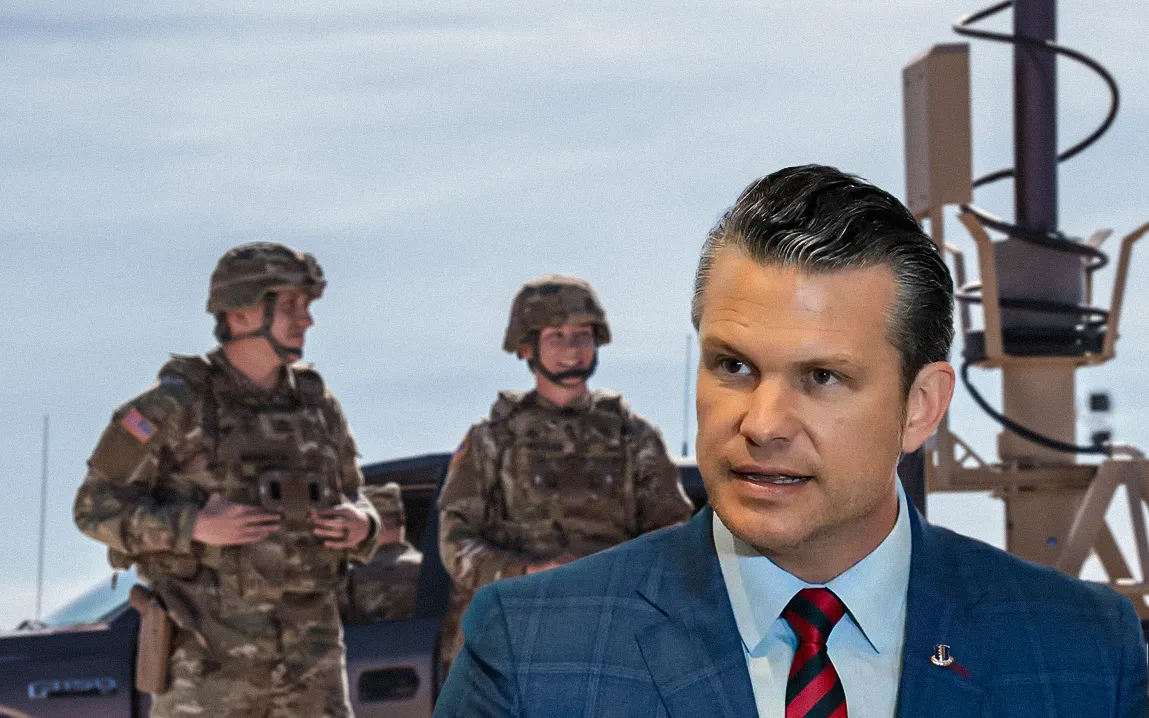Defense Secretary Pete Hegseth announced a plan to cut senior military ranks, aiming to refocus resources on combat-ready troops. The move, pitched as a strategy for a “lean and mean” force, has already sparked debate in Congress over whether such deep cuts could threaten military readiness.
Hegseth Declares War on Military Bloat, Proposes Slashing Top Ranks
In a fiery move likely to shake the Pentagon’s top brass, Defense Secretary Pete Hegseth unveiled a sweeping proposal Monday to trim the number of the U.S. military’s most senior officers. His goal? Build a “lean and mean” fighting force better prepared for future conflicts, and less bogged down by bureaucracy.
In a video posted on social media, Hegseth made his intentions clear: “More generals and admirals does not equal more success.” The memo accompanying his statement called for a 20% reduction in active-duty four-star officers, a 20% cut in National Guard general officers, and an additional 10% reduction in generals and admirals across the services.
“This is not a slash-and-burn exercise meant to punish high-ranking officers.” He added that the proposed changes were the result of “a deliberative process” done in coordination with the Joint Chiefs of Staff.
“It’s going to be done carefully, but it’s going to be done expeditiously,” Hegseth said of the review, which he predicted would rival the 1986 reorganization of the Defense Department directed by Congress. “We confront an evolving threat environment. We cannot afford to wait.”
The policy initiative, dramatically titled “Less Generals, More GIs,” marks the most significant proposed reorganization of military leadership since the Goldwater-Nichols Act of 1986. Hegseth promised a phased, deliberate approach, starting with a structural review and then an overhaul of the Unified Command Plan, the framework that governs worldwide military command responsibilities.
The Numbers Behind the Shake-Up
The secretary pointed to what he described as an imbalance in military leadership: “We’re going to shift resources from bloated headquarters elements to our warfighters,” Hegseth said, adding that in World War II, the American armed forces of 12 million troops were led by 17 four- and five-star officers.
“Today, we have 2.1 million service members, with 44 four-star” generals and admirals, he said.
Though a Congressional Research Service report from March 2024 pegs the current number at 37, Hegseth’s broader point is about redirecting resources from senior leadership to operational readiness. Several of those high-ranking officers today hold dual or even triple roles, such as the U.S. commander in Korea, who also leads United Nations and combined forces commands.
Political Blowback Already Brewing
The bold restructuring plan isn’t sailing through unchallenged. Senator Jack Reed of Rhode Island, the top Democrat on the Senate Armed Services Committee, issued a pointed response Monday night.
“I have always advocated for efficiency at the Department of Defense, but tough personnel decisions should be based on facts and analysis, not arbitrary percentages,” Senator Jack Reed of Rhode Island, the top Democrat on the Armed Services Committee, said in a statement on Monday night. “Eliminating the positions of many of our most skilled and experienced officers without sound justification would not create ‘efficiency’ in the military – it could cripple it.”
That sets the stage for a looming showdown between the Defense Department and Congress, which must approve changes to the military’s senior leadership structure.
Weapons Over Wigs
Hegseth’s initiative is just one part of a broader modernization effort. In recent months, he has also ordered the Army to halt purchases of outdated aircraft and ground vehicles, consolidating operations to make room for advanced weapons development and innovation.
“We confront an evolving threat environment. We cannot afford to wait,” Hegseth declared, promising that reforms would proceed with urgency—but not recklessness.
While critics call the move risky, Hegseth insists it’s about making the military more agile, focused, and ultimately more prepared for tomorrow’s wars, not yesterday.



